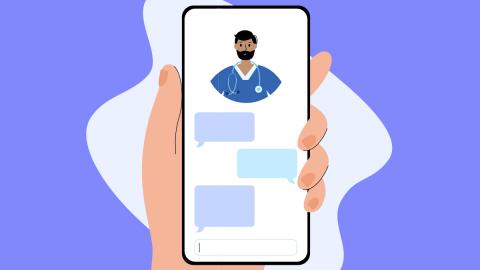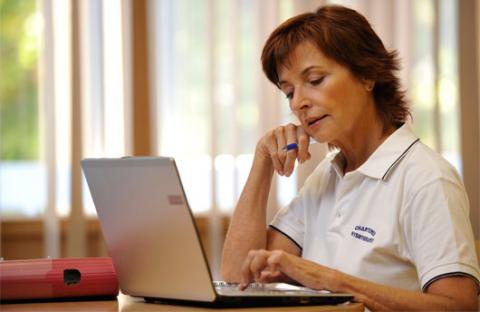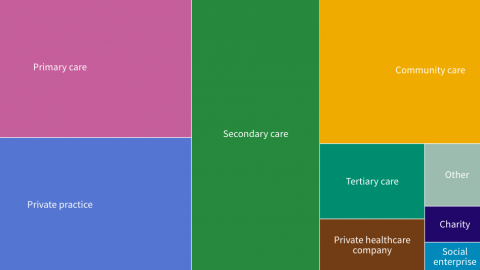Our guidelines on remote physiotherapy service delivery in the UK were built on the findings of the research we commissioned during the first year of the pandemic.
During the first UK lockdown, from the end of March 2020, all non-essential face-to-face physiotherapy stopped and services rapidly moved to remote delivery.
Physiotherapists demonstrated their ability to adapt and innovate to continue providing patient centred care. While the move to remote approaches was effective in some areas, in others there were challenges.
Comparison between remote and in-person models of service delivery is vital so that looking to the future we know how to reconfigure rehabilitation services in a way that is equitable and effective for patients and makes best use of resources.
The purpose of the study
The CSP commissioned a research team at the University of Manchester (UoM) to evaluate the impact of remote physiotherapy delivery for a wide range of patients and settings.
The project aimed to capture learning about new remote rehabilitation models and ways of working alongside the evidence for digital rehabilitation before Covid-19. The findings have helped us to:
- Share innovative approaches and new ways of working.
- Learn which technologies have worked well in different contexts and where remote service delivery is less effective.
- Provide recommendations for successful implementation and examples of good rehabilitation service models.
Dr Helen Hawley-Hague, a National Institute of Health Research (NIHR) research fellow within the School of Health Sciences at the UoM and a member of the CSP’s Digital and Informatics Physiotherapy Group, led the project alongside Sarah Tyson, professor and physiotherapist at the UoM and a fellow of the CSP. Dr Emma Stanmore, senior lecturer and deputy lead for the Healthy Ageing Research Group in the UoM’s School of Health Sciences, and Dr Reena Lasardo, research associate within the School of Health Sciences, were core members of the project team.
The project had the following components:
- Rapid review of existing evidence around remote physiotherapy and rehabilitation.
- Online scoping survey of CSP members’ experiences to map remote physiotherapy delivery.
- Development of case studies encompassing a range of settings, patient groups and types of technology. The case studies evaluated patients’ and physiotherapists’ experiences, usability of technology, costs of service change and the benefits and challenges of remote service delivery.
- A review and evaluation of patient group blogs, websites and forums.
- Workshops with physiotherapists and patients to sense check emerging themes.
- Development of recommendations and guidance.






































